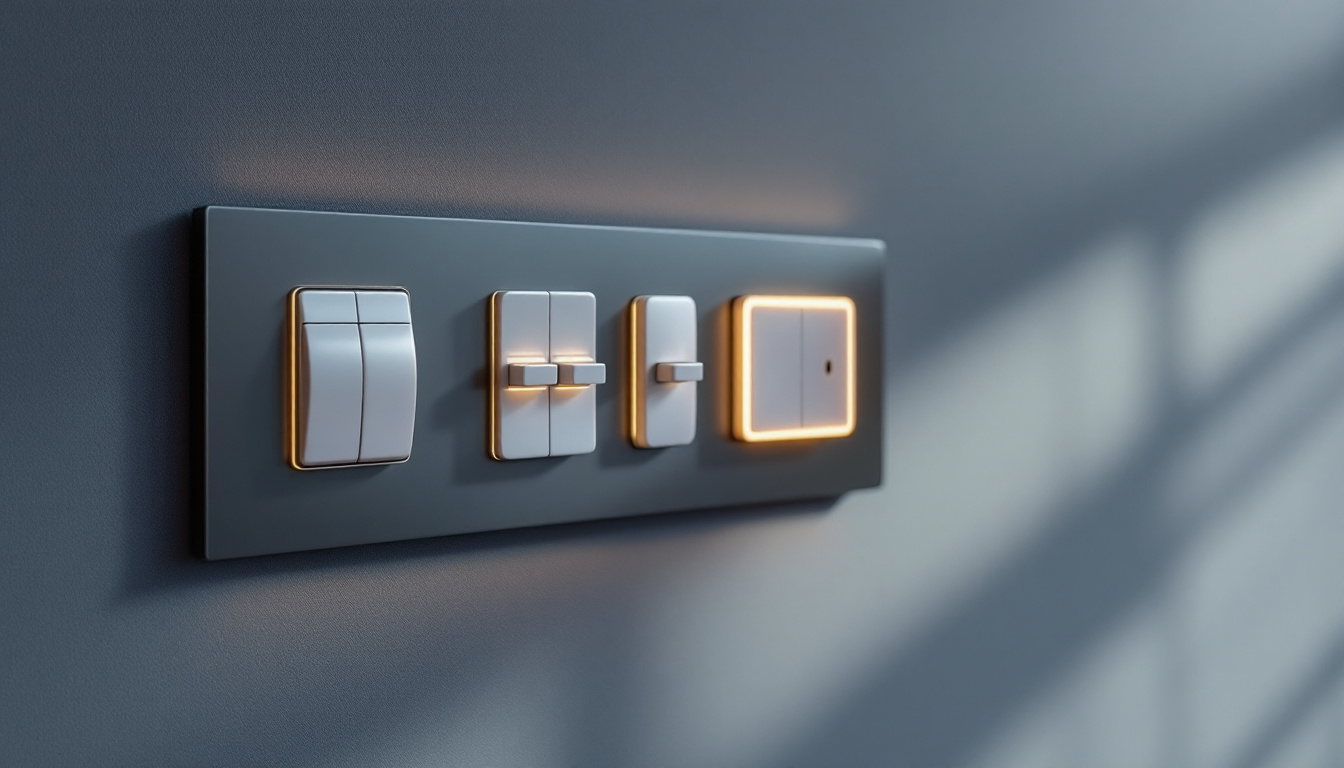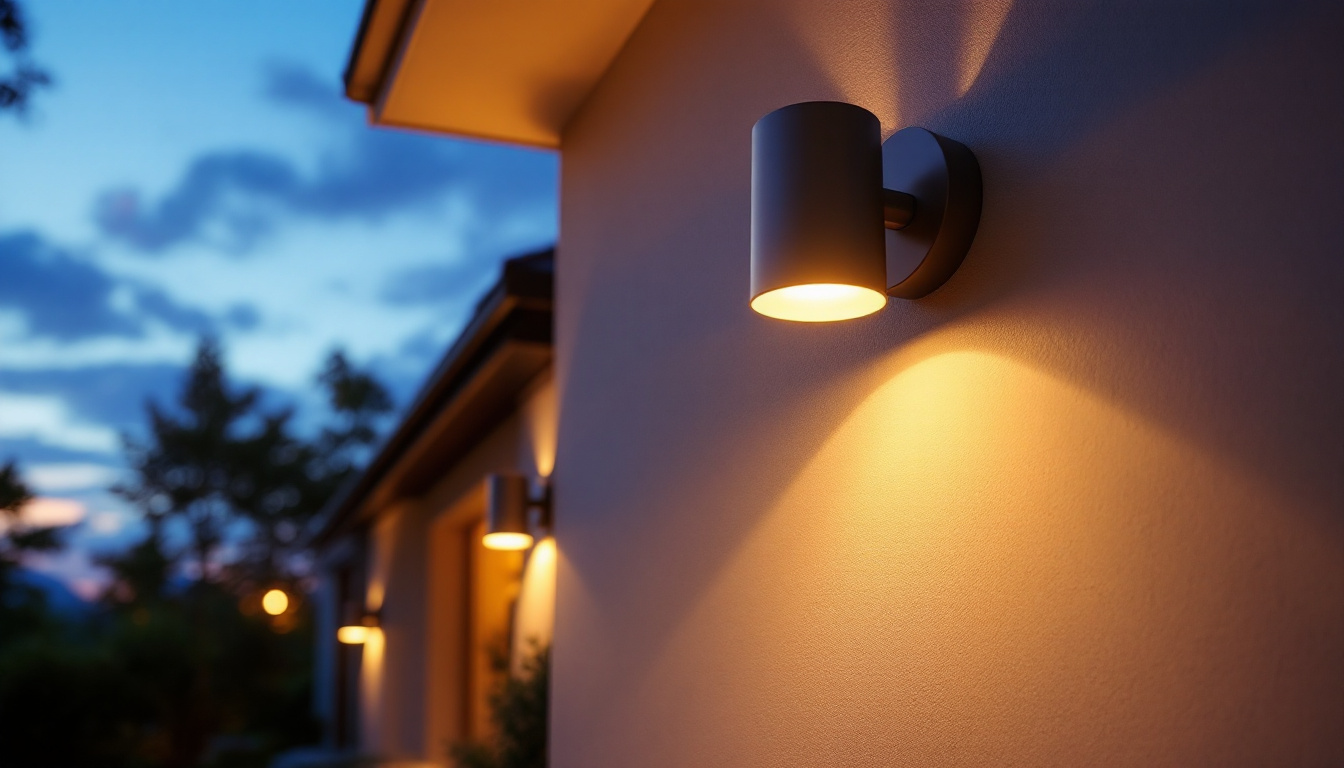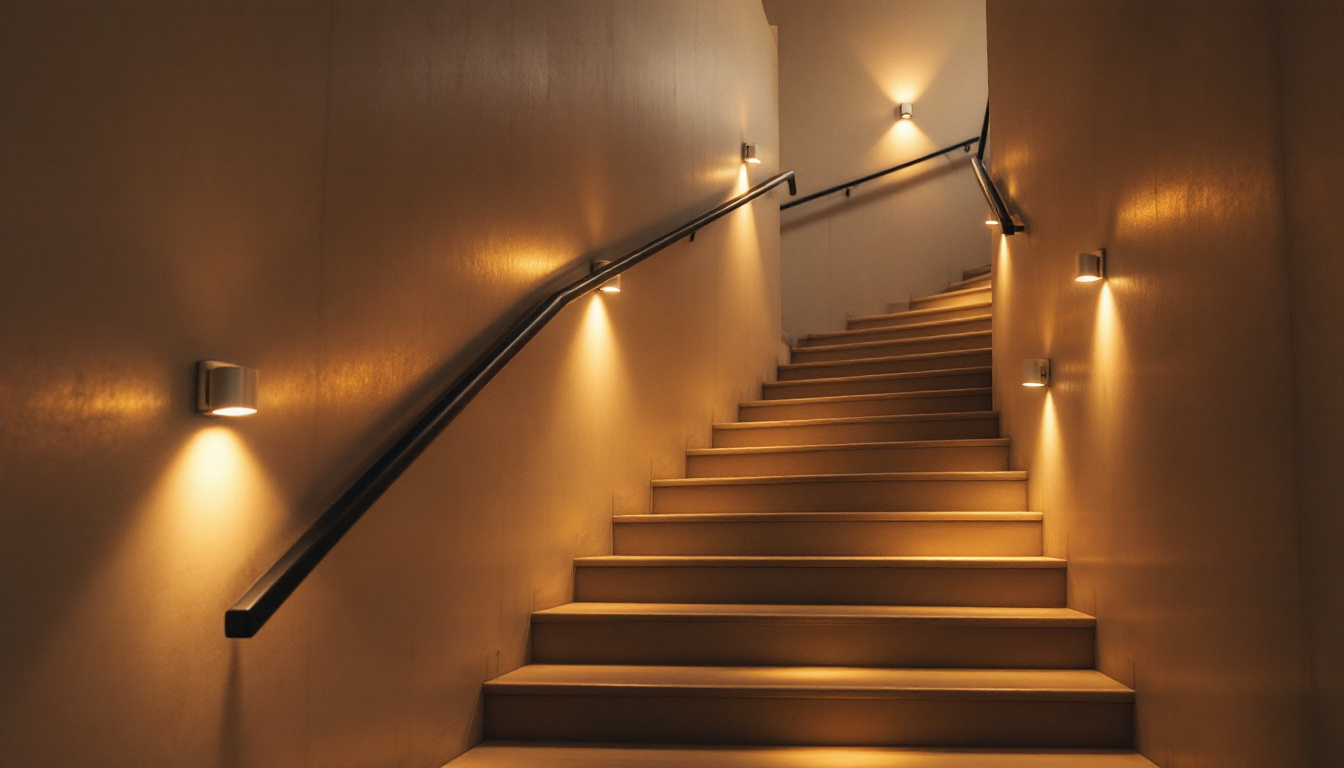
In the ever-evolving world of lighting design and installation, understanding the various types of light switches is crucial for contractors aiming to future-proof their projects. With advancements in technology and changing consumer preferences, selecting the right switch can enhance functionality, aesthetics, and energy efficiency. This article explores different types of light switches, their features, and how to choose the best options for modern lighting projects.
Light switches serve as the primary control mechanism for lighting fixtures, allowing users to turn lights on and off. However, the variety of switches available today extends beyond simple toggle options. From traditional designs to smart technology, understanding the basic categories of light switches is essential for any lighting contractor.
Toggle switches are perhaps the most recognizable type of light switch. They feature a lever that can be flipped up or down to control the light. Their straightforward design makes them easy to use, and they are available in various styles and colors, allowing for customization in different environments.
Despite their simplicity, toggle switches can be limited in functionality. They typically only offer on/off control, which may not meet the needs of more sophisticated lighting systems. However, they remain a popular choice for residential applications due to their reliability and ease of installation. In addition, toggle switches can be found in various configurations, including single-pole, three-way, and four-way options, allowing for versatile applications in different room layouts. This adaptability makes them suitable for a wide range of settings, from cozy living rooms to expansive commercial spaces.
Dimmer switches provide greater control over lighting levels, allowing users to adjust brightness according to their preferences or needs. This feature not only enhances the ambiance of a space but can also contribute to energy savings by reducing the amount of electricity consumed.
Modern dimmer switches come in various forms, including slide, rotary, and touch-sensitive designs. Many are also compatible with LED and CFL bulbs, which can sometimes pose challenges with older dimming technology. When selecting dimmer switches, it’s essential to ensure compatibility with the lighting fixtures being installed to avoid flickering or inadequate performance. Furthermore, dimmers can be particularly beneficial in settings such as home theaters or dining areas, where mood lighting plays a crucial role in the overall experience. By adjusting the light levels, users can create the perfect atmosphere for any occasion, enhancing both comfort and aesthetic appeal.
As technology advances, smart switches have emerged as a popular option for both residential and commercial applications. These switches can be controlled remotely via smartphones, tablets, or voice-activated devices, offering unparalleled convenience and flexibility.
Smart switches often integrate with home automation systems, allowing users to create schedules, set scenes, and even monitor energy usage. For contractors, recommending smart switches can enhance the overall value of a lighting project, appealing to tech-savvy clients who prioritize convenience and energy efficiency. Additionally, many smart switches come equipped with features such as geofencing, which can automatically turn lights on or off based on the homeowner’s location, further optimizing energy consumption. With the rise of smart home technology, these switches not only improve user experience but also contribute to a more sustainable lifestyle by promoting energy conservation practices. As a result, understanding the nuances of smart switches can position contractors as knowledgeable professionals in a rapidly evolving market.
While standard switches cover many basic needs, specialized switch types cater to specific applications and requirements. Understanding these options can help contractors provide tailored solutions for their clients.
Three-way and four-way switches are essential for controlling lights from multiple locations. A three-way switch allows for control from two different switches, while a four-way switch can be used in conjunction with two three-way switches to control a light from three or more locations.
These switches are particularly useful in larger spaces, such as hallways or open-concept areas, where multiple access points to lighting are necessary. Ensuring proper wiring and installation is crucial for these systems to function correctly, making it imperative for contractors to be well-versed in their operation.
motion sensor switches automatically turn lights on or off based on detected movement, making them an excellent choice for areas where hands-free operation is beneficial. Commonly used in bathrooms, hallways, and outdoor spaces, these switches enhance convenience and can improve energy efficiency by ensuring lights are only on when needed.
When installing motion sensor switches, contractors should consider the sensor’s range and sensitivity to avoid false triggers or inadequate coverage. Additionally, some models allow for adjustable time delays, giving users control over how long lights remain on after motion is no longer detected.
Occupancy and vacancy sensors are advanced options for controlling lighting in various settings. occupancy sensors automatically turn lights on when a person enters a room and off when they leave. In contrast, vacancy sensors require manual activation to turn lights on and will turn off automatically after a set time without motion detection.
These sensors are particularly beneficial in commercial environments, where they can help reduce energy costs and improve safety. For contractors, recommending these solutions can lead to significant energy savings for clients, aligning with sustainability goals and modern building codes.
Selecting the appropriate light switch for a project involves considering several factors, including the intended use, client preferences, and compatibility with existing systems. Here are some key considerations to keep in mind.
Understanding the specific needs and preferences of clients is paramount. Some may prioritize aesthetic appeal, while others may focus on functionality or energy efficiency. Engaging in discussions about their lifestyle, habits, and expectations can provide valuable insights into the best switch options.
For instance, families with young children may benefit from toggle or dimmer switches that are easy to operate, while tech-savvy homeowners might prefer smart switches for their convenience and automation features. Tailoring recommendations based on individual client needs can lead to higher satisfaction and repeat business.
Ensuring compatibility between light switches and lighting fixtures is crucial for optimal performance. Some dimmer switches may not work well with LED or CFL bulbs, leading to flickering or inadequate dimming capabilities. Contractors should always verify compatibility before installation, which can save time and prevent potential issues down the line.
Additionally, when integrating smart switches, it’s essential to consider the existing electrical system and ensure that it can support the added technology. This may involve upgrading wiring or ensuring sufficient bandwidth for smart devices.
As technology continues to advance, future-proofing lighting projects becomes increasingly important. Choosing versatile switches that can adapt to new technologies and changing client needs is key. For example, selecting smart switches that can integrate with various home automation systems ensures that clients can easily upgrade their setups in the future.
Moreover, considering energy-efficient options, such as LED-compatible dimmers and motion sensors, aligns with sustainability trends and can provide long-term cost savings for clients. By prioritizing future-proof solutions, contractors can enhance the longevity and relevance of their lighting installations.
Proper installation of light switches is critical to ensure safety, functionality, and longevity. Adhering to best practices can help contractors deliver high-quality work that meets industry standards.
Electrical codes and regulations vary by region, but adhering to these standards is essential for safety and compliance. Contractors should familiarize themselves with local codes and ensure that all installations meet or exceed these requirements.
Failure to comply with electrical codes can result in safety hazards, legal issues, and costly rework. Staying informed about updates and changes in regulations can help contractors maintain high standards in their work.
After installation, thorough testing of light switches is essential to ensure proper functionality. This includes checking for secure connections, verifying that switches operate as intended, and ensuring that dimmers provide the desired range of brightness.
In the event of issues, troubleshooting can help identify and resolve problems quickly. Common issues may include flickering lights, switches that do not operate correctly, or compatibility problems with lighting fixtures. Being proactive in testing and troubleshooting can enhance client satisfaction and reduce the likelihood of callbacks.
Educating clients about their new light switches is an often-overlooked aspect of installation. Providing guidance on how to use dimmers, smart switches, and sensors can empower clients to make the most of their lighting systems.
Offering tips on maintenance, such as how to reset smart switches or adjust motion sensor settings, can also enhance the client experience. By ensuring clients feel comfortable and knowledgeable about their lighting systems, contractors can foster long-term relationships and encourage referrals.
In conclusion, understanding the various types of light switches and their applications is vital for contractors looking to future-proof their lighting projects. By considering client needs, compatibility, and installation best practices, contractors can deliver solutions that not only meet current demands but also adapt to future advancements in technology.
As the lighting industry continues to evolve, staying informed about new products and trends will help contractors maintain a competitive edge. By embracing innovative solutions and prioritizing energy efficiency, contractors can create lighting installations that are both functional and forward-thinking, ensuring long-lasting satisfaction for their clients.
Ready to elevate your lighting projects with the latest switch technologies and future-proof solutions? Look no further than LumenWholesale, where we provide contractors with the highest quality, spec-grade lighting products at unbeatable wholesale prices. Say goodbye to local distributor markups and hello to a vast selection of reliable, high-performance lighting that meets the highest industry standards. With free shipping on bulk orders, you can secure premium lighting at the best value — all without hidden fees or compromises. Don’t miss out on the perfect combination of quality, affordability, and convenience. Visit LumenWholesale today and discover the best value in wholesale lighting for your next project.

Discover how LED lights are revolutionizing home lighting for contractors.

Discover the secrets of lighting contractors to master the art of exterior illumination with sconces and recessed lights.

Discover the essential guide to stairwell lighting with LED solutions tailored for lighting contractors.

Discover how the Lumen Scale is revolutionizing the lighting industry by streamlining operations for contractors.